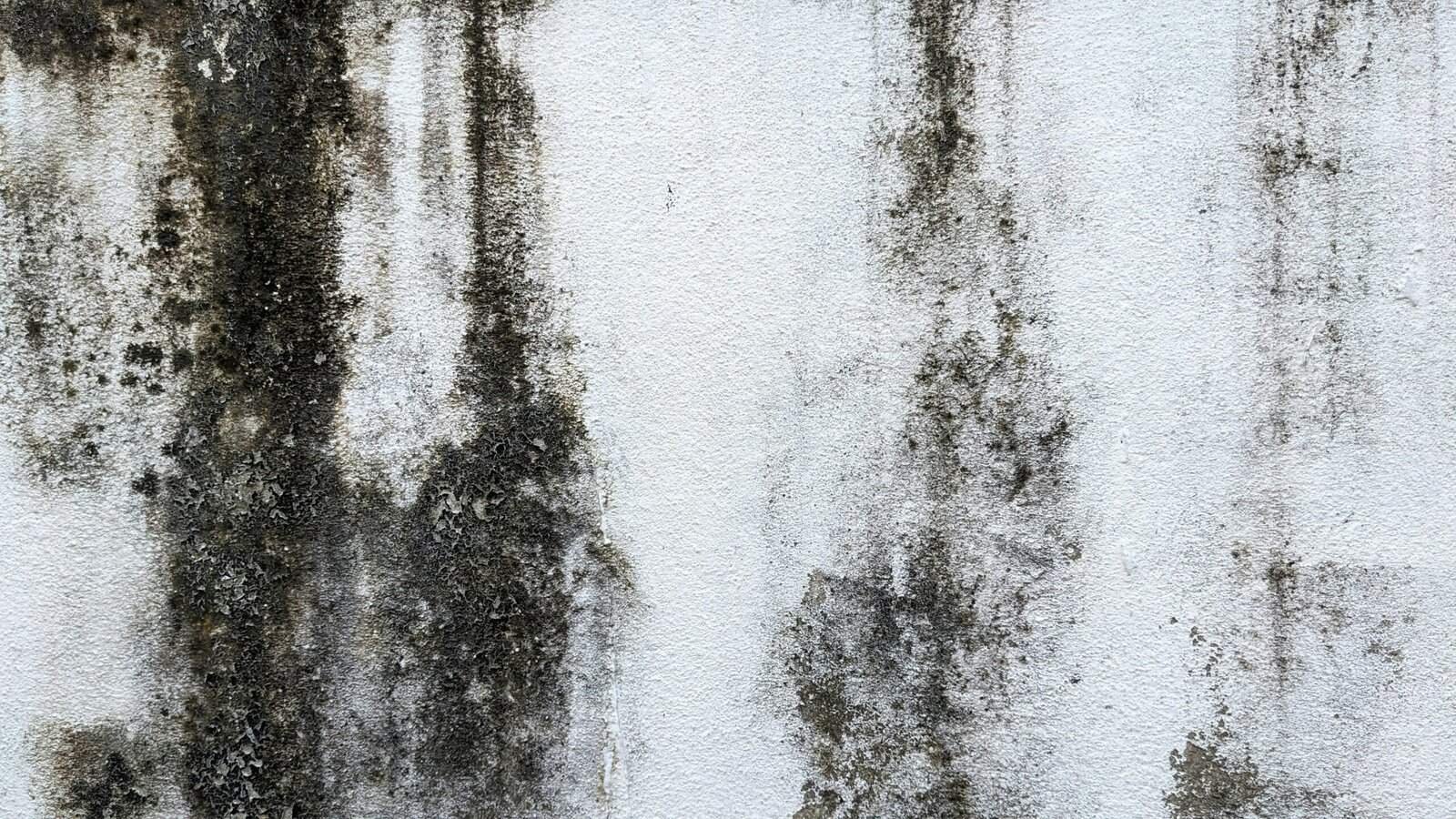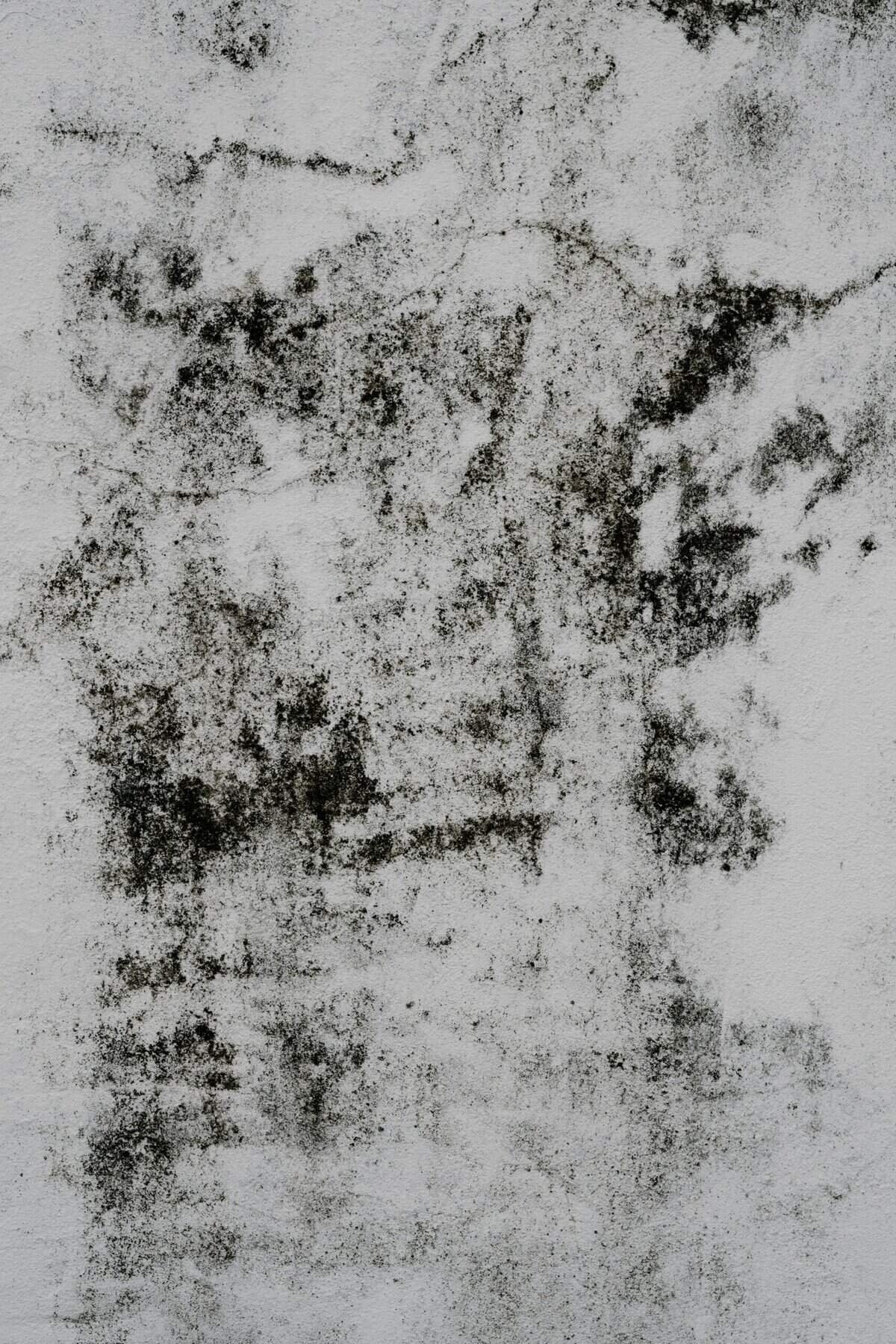Have you ever pondered the possibility of mold developing in your well system and what impact it might have on your water quality? You might not be alone. In places where wells serve as a primary water source, understanding the potential risks can make all the difference to ensuring your health and safety. Let’s unravel what threats mold may pose in your well system while also exploring safety concerns associated with iron bacteria.
Understanding Well Systems
What Are Well Systems?
A well system is a method of accessing groundwater through constructing a well to supply water for personal, agricultural, or industrial use. There are different types of wells, ranging from shallow wells to deeper ones, depending on the water table and the geological strata of the region. Ensuring the well is properly constructed and maintained is paramount in securing water that is safe for consumption.
How does Mold Enter Well Systems?
Mold can infiltrate your well system in numerous ways. It may find its way in through the casing if it’s not properly sealed, or through vents or wells that are not covered. Mold thrives in dark, moist environments, making your well a perfect breeding ground if it somehow gains entry. Understanding the ways mold can enter your well highlights the importance of consistent upkeep and inspection.

The Risks of Mold in a Well System
Health Implications of Mold
When mold infests a well system, the repercussions can extend to your health. Mold spores released into the water can lead to various health issues, particularly respiratory problems and allergic reactions. If consumed, it may also cause gastrointestinal distress. People with compromised immune systems, the elderly, and those with pre-existing conditions are more susceptible to mold’s harmful effects.
Structural Concerns
Mold doesn’t just affect the water quality; it can also harm the structural integrity of your well system. It can lead to erosion or compromise the materials used in the construction of your well, necessitating costly repairs. Knowing the structural risks associated with mold emphasizes the need for preventive measures.
Detection Methods
Identifying mold in your well water isn’t always straightforward. It often requires lab testing of your water sample to confirm the presence of mold and its type. Subtle signs like a musty smell, slimy residues in water, and dark spots on wet surfaces can be indicators that mold has invaded your water source.

Preventive Measures Against Mold
Routine Inspection and Maintenance
One of the most effective ways to prevent mold in your well system is through regular inspection and maintenance. Checking for cracks, leaks, or any openings in the well casing can prevent mold from gaining entry. Regular well chlorination ensures water sanitation and can discourage mold from developing.
Proper Covering and Ventilation
Ensure that the well is adequately covered and ventilated to prevent external contaminants, including mold, from infiltrating the system. Proper ventilation prevents the built-up moisture within the well, deterring a conducive environment for mold growth.
Water Testing
Regular water testing can help keep mold at bay. Testing for mold spores and other impurities allows you to take corrective action promptly. Professional testing should ideally be done annually to give you peace of mind regarding water safety.

Iron Bacteria in Well Water
What Are Iron Bacteria?
Iron bacteria, though not harmful, can be a nuisance. These bacteria feed on iron present in water, resulting in rust-colored slime along well components. They do not pose a direct health threat; however, they can lead to unpleasant water taste, clogging, and foul smells.
How Iron Bacteria Introduce Safety Concerns
While iron bacteria are non-pathogenic, their proliferation can encourage other pathogens. The slime they produce creates an ideal environment for harmful bacteria and viruses to thrive, which indirectly poses a health risk. Furthermore, clogged pipes and reduced water flow can compromise water pressure and lead to system inefficiency.
Managing Iron Bacteria
Managing iron bacteria involves regular cleaning and possibly shocking the well with chlorine to reduce bacteria levels. Utilizing special filters can also help control iron bacteria presence in well water. Implementing these practices keeps the well system hygienic and ensures smooth water flow.

Addressing Combined Issues: Mold and Iron Bacteria
Interplay Between Mold and Iron Bacteria
Both mold and iron bacteria thrive in moist environments and can co-exist in a well system, exacerbating issues. Iron bacteria can provide an excellent growth medium for mold, complicating water quality management. Hence, addressing one without the other can result in recurring problems.
Comprehensive Solution Approach
A comprehensive approach involves safeguarding your well through consistent monitoring, chlorination, and utilizing effective filtration systems. By understanding their relationship and acting proactively, you ensure that both mold and iron bacteria are kept in check, promoting a safer water supply.

Conclusion
In summary, acknowledging the risks mold and iron bacteria pose in a well system paves the way for preventive measures that safeguard your water quality. While mold poses direct threats to health, iron bacteria, despite not being harmful directly, can lead to system inefficiencies and secondary health risks.
Regular inspections and proper maintenance are paramount in ensuring these issues do not compromise your water quality. Evaluating the condition of your well system periodically fosters immediate intervention and preserves the integrity of your well components.
Understanding spotting signs, preventive measures, and managing combined issues equips you with the knowledge to tackle both mold and iron bacteria effectively. Let this guide be your companion in maintaining a safe and reliable water supply through your well system.
